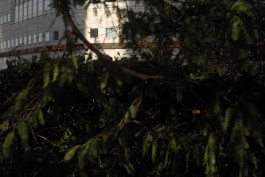
Garden of Eden
During the start of the financial crisis in September and October 2008, Stradtmann went regularly to Canary Wharf, fascinated by the atmosphere at London‘s financial district. He discovered a small park between the towers where bankers went to eat lunch. Watching them bring the crushing pressure of the office environment, their natural habitat, into this green haven, he felt he was witnessing a sort of violation. To him, the park became a stage for repeated subverted reenactments of the Fall of Man: men suffering despair and loss that came from power and greed were fleeing into the Garden of Eden. Their stress made them lonely, often hiding, whispering or turning away from others seeking solace in the park. These photographs acknowledge the invisible, unexplainable phenomenon behind the financial games whose role nobody can truly understand but whose pervasive influence everyone must acknowledge. The combination of the portraits with views from the park underlines the mystery, in the religious sense: in these photographs, the natural (but constructed) refuge reconstructs the symbolic meaning of the Garden of Eden as both, a place of paradisiacal innocence and the site of the origin of sin and mankind‘s wrongdoing.
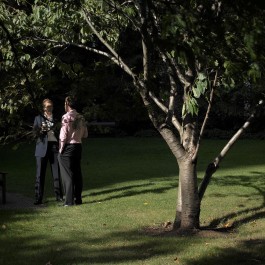
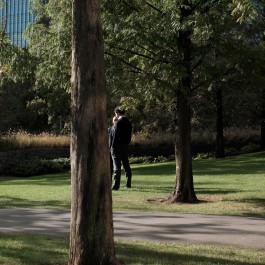
In Medieval and Renaissance religious thought and art, the Fall of Man could be the antitype of the Annunciation: woman brings despair upon humanity in the Old Testament and then redeems humanity in the New Testament. Continuing a visual convention established over centuries of the history of art, this series of photographs depicts the Annunciation in a way to which the viewer can relate, with contemporary dress in a contemporary setting. Acknowledging the weight of the tradition he is subverting, Stradtmann adopted the standard convention of separating the spiritual/powerful world and the earthly/human world. Rather than depicting the separation pictorially, he chose the manner of dividing them physically. Each pair of photographs, therefore, is actually a diptych that subverts both type and antitype: regardless of gender, chosen recipients are receiving devastating, not joyful, news; it often issues from an unseen source that is accessible only to the recipient (ie, mobile phone) or a messenger from whom the recipient averts his or her eyes; the reactions are muted and defeated, not humble; the magnitude of the message and its effect on the recipients is apparently difficult to comprehend, but understood by the viewer as having an imminent and lasting impact on the world.
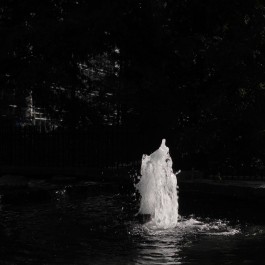
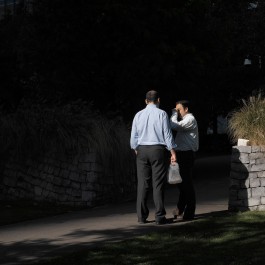
Stradtmann‘s diptychs index the monumentality of the crash, both for the unwilling vehicles of it, the bankers, and also for the viewers, who are forced to relate to the personal ramifications of this event through the inherited visual language of religious art. The iconographical language he has adopted draws on centuries of Western depictions of crucial Biblical scenes, interpreting a catastrophe with Old and New Testament references. It emphasizes the larger-than-human scale of the crash, which, in this series, seems incomprehensible even to those whose work gave birth to it.
Text by Dr. Elizabeth Savage
‘Garden of Eden’ (2008), 6 diptychs, each 30 x 30 cm, Fine Art Prints, framed.
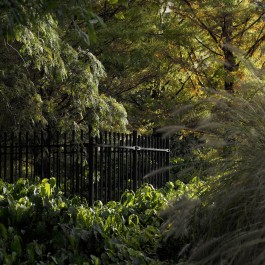
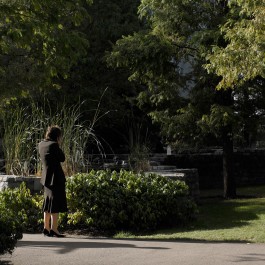
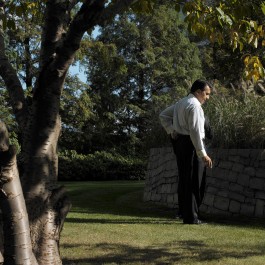
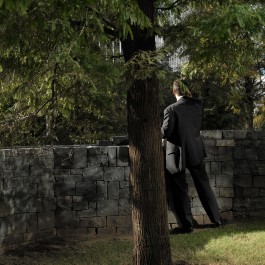
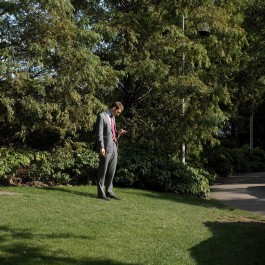
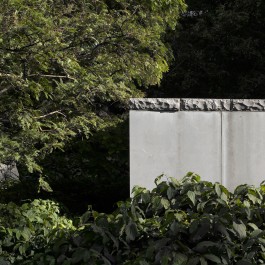
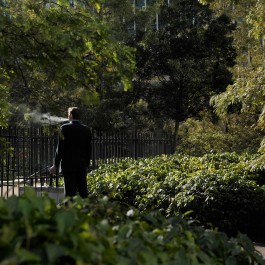
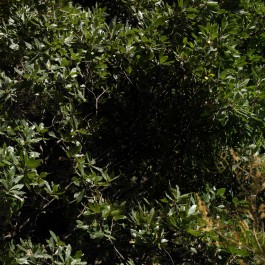

Garden of Eden
During the start of the financial crisis in September and October 2008, Stradtmann went regularly to Canary Wharf, fascinated by the atmosphere at London‘s financial district. He discovered a small park between the towers where bankers went to eat lunch. Watching them bring the crushing pressure of the office environment, their natural habitat, into this green haven, he felt he was witnessing a sort of violation. To him, the park became a stage for repeated subverted reenactments of the Fall of Man: men suffering despair and loss that came from power and greed were fleeing into the Garden of Eden. Their stress made them lonely, often hiding, whispering or turning away from others seeking solace in the park. These photographs acknowledge the invisible, unexplainable phenomenon behind the financial games whose role nobody can truly understand but whose pervasive influence everyone must acknowledge. The combination of the portraits with views from the park underlines the mystery, in the religious sense: in these photographs, the natural (but constructed) refuge reconstructs the symbolic meaning of the Garden of Eden as both, a place of paradisiacal innocence and the site of the origin of sin and mankind‘s wrongdoing.




In Medieval and Renaissance religious thought and art, the Fall of Man could be the antitype of the Annunciation: woman brings despair upon humanity in the Old Testament and then redeems humanity in the New Testament. Continuing a visual convention established over centuries of the history of art, this series of photographs depicts the Annunciation in a way to which the viewer can relate, with contemporary dress in a contemporary setting. Acknowledging the weight of the tradition he is subverting, Stradtmann adopted the standard convention of separating the spiritual/powerful world and the earthly/human world. Rather than depicting the separation pictorially, he chose the manner of dividing them physically. Each pair of photographs, therefore, is actually a diptych that subverts both type and antitype: regardless of gender, chosen recipients are receiving devastating, not joyful, news; it often issues from an unseen source that is accessible only to the recipient (ie, mobile phone) or a messenger from whom the recipient averts his or her eyes; the reactions are muted and defeated, not humble; the magnitude of the message and its effect on the recipients is apparently difficult to comprehend, but understood by the viewer as having an imminent and lasting impact on the world.




Stradtmann‘s diptychs index the monumentality of the crash, both for the unwilling vehicles of it, the bankers, and also for the viewers, who are forced to relate to the personal ramifications of this event through the inherited visual language of religious art. The iconographical language he has adopted draws on centuries of Western depictions of crucial Biblical scenes, interpreting a catastrophe with Old and New Testament references. It emphasizes the larger-than-human scale of the crash, which, in this series, seems incomprehensible even to those whose work gave birth to it.
Text by Dr. Elizabeth Savage
‘Garden of Eden’ (2008), 6 diptychs, each 30 x 30 cm, Fine Art Prints, framed.



